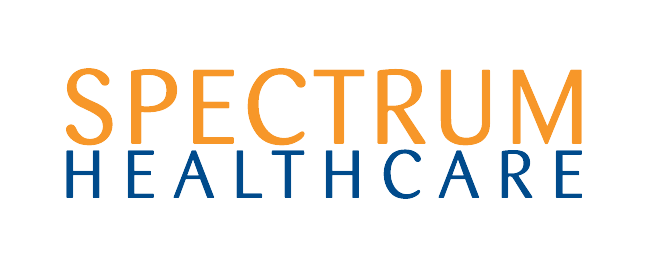
Ankylosing Spondylitis
Ankylosing spondylitis (AS) is an autoimmune inflammatory arthritis that primarily affects the spine. In this condition the joints of the neck, back and pelvis become inflamed, which results in pain and stiffness. Ankylosing spondylitis can also affect other parts of the body including eyes, skin, bowel and lungs.
AS is a disease that affects younger people, onset of symptoms generally present between the ages of 15 to 45 years. In 80% of cases reported, patient develop their first symptoms at the age of 30. In addition, Men are diagnosed withe AS approximately 2-3 times more then women. Unlike other types of back pain, Ankylosing spondylitis is not brought on by activities or injuries. Rather a Family history of autoimmune conditions and environmental factors predispose you to developing AS. For example, the HLA-B27 gene is associated with AS, it is present in almost 90% of sufferers. However, HLA-B27 is also present in 8% of the general population, including healthy people without AS. Recently, two new genes (IL23R and ARTS1) have also been found to be associated with ankylosing spondylitis.
What are the Symptoms of Ankylosing spondylitis?
Symptoms tend to vary from person to person, but they tend to be intermittent due to flares and remissions of the disease. They can include:
- Stiffness and pain particularly in the morning or after prolonged periods of rest, which is relieved by exercise
- Pain throughout the spine and/or buttock region
- Pain in other joints, tendons and ligaments (commonly in the ribs, back of heel and underneath the foot)
How is AS diagnosed?
AS is commonly missed during early stages due to its elusive nature. However, it can be accurately diagnosed from reported symptoms and a physical examination, which is then supported by blood tests (to test for inflammatory markers and the HLA-B27 gene) and X-rays.
How is AS treated?
Medical management typically includes but is not limited to: analgesics for pain relief, nonsteroidal anti-inflammatory drugs and/or disease modifying anti-rheumatic drugs (as necessary) by the direction of a rheumatologist. Conservative management aims to reduce pain and stiffness, improve flexibility, delay spinal deformity and maximise quality of life. Physiotherapy or Sports Chiropractor interventions for AS revealed that individual home or supervised exercise programs are beneficial for outcomes that include pain, stiffness, mobility and physical function. It can typically include:
- Education and goal setting
- Posture education
- Advice on activity modification and pacing
- Hydrotherapy
- Exercise therapy – mobility, strength and cardiovascular exercises
